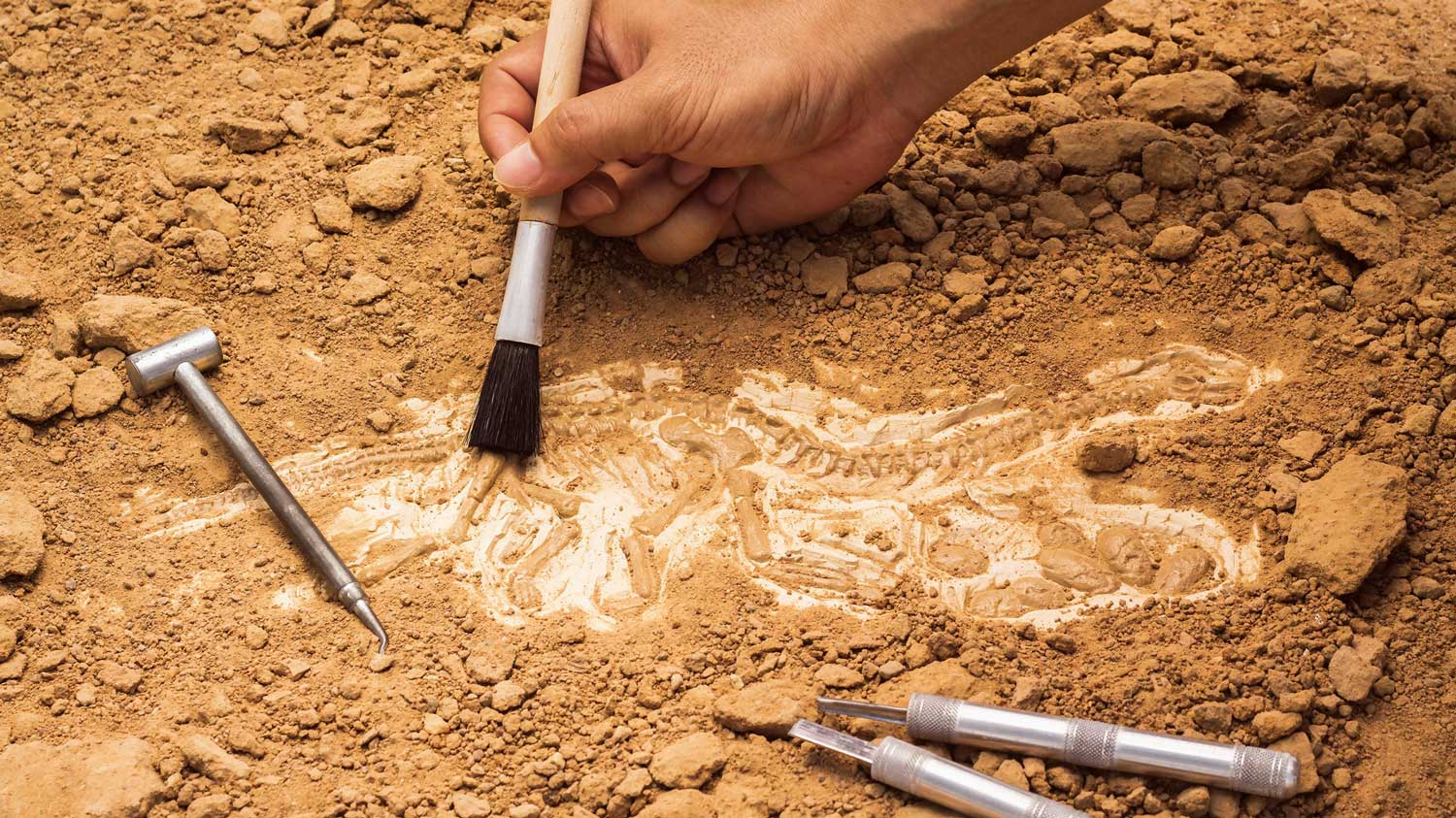The intersection of archaeology and biblical narratives has long captivated scholars, theologians, and laypersons alike. The question of whether archaeological findings substantiate biblical accounts is not merely a matter of historical inquiry but also a reflection of broader cultural dialogues about belief, faith, and the interpretation of sacred texts. This discourse finds its roots in cultural relativism, a framework that posits that beliefs and practices must be understood in their cultural context, rather than judged by the standards of another culture.
Understanding the relationship between archaeology and the Bible involves unpacking the divergent narratives that each domain presents. The Bible, often regarded as divinely inspired scripture, articulates a worldview characterized by spiritual and moral imperatives. In contrast, archaeology as a scientific discipline offers empirical evidence gleaned from material remains. This juxtaposition raises intriguing questions: Can archaeology affirm or refute the theological assertions found within the Bible? Or is the pursuit of archaeological evidence merely a cultural construct that reflects particular historical contexts? The answer to such inquiries requires careful analysis within a framework of cultural relativism.
A fascinating observation arises when one considers the way in which archaeological findings that seemingly corroborate biblical accounts are often greeted with a mix of enthusiasm and skepticism. For instance, discoveries such as the Dead Sea Scrolls and inscriptions like the Tel Dan Stele have drawn attention for their connections to biblical narratives. The former contains portions of biblical texts predating the Christ era, while the latter references the “House of David,” a lineage central to the biblical narrative. Scholars argue that these findings offer a form of validation for the historicity of certain biblical events and figures.
However, the reception of such evidence is invariably mediated by cultural beliefs. Individuals from various cultural backgrounds interpret these findings through differing lenses—some may view them as divine confirmations of their faith, while others may approach them with critical skepticism, regarding them as artifacts within a broader historical tapestry devoid of theological implications. This brings to the fore the notion of epistemological plurality that cultural relativism champions. In a diverse world, knowledge is multifaceted, shaped by the intersecting realities of cultural narratives and historical contexts.
The fascination with archaeological evidence supporting the Bible can also be interpreted through the lens of collective memory. Cultures construct their identities, morals, and worldviews based on narratives preserved through time. For many communities, the Bible serves as a foundational text that not only provides a chronological account of religious history but also fosters a sense of belonging and continuity. The validation of these narratives through archaeology resonates deeply with groups who see their culture reflected in the material remnants of the past. Thus, the allure of archaeological findings extends beyond historical significance; it involves a profound engagement with cultural identity and spirituality.
Nonetheless, the critical examination of archaeological evidence reveals a complex interplay of faith and fact. Critics of the notion that archaeology serves as a foundational pillar of biblical truth argue that such perspectives often succumb to confirmation bias. Archaeologists and biblical scholars who adhere strictly to a literal interpretation of scripture may overlook inconsistencies and alternative historical interpretations that challenge the biblical narrative. The pursuit of archaeological evidence, then, must navigate the delicate balance between maintaining academic rigor and adhering to deeply held beliefs. This tension exposes the need for a culturally relativistic approach that appreciates diverse interpretations of both faith and fact.
Furthermore, the implications of archaeological findings extend into the realm of interfaith dialogue. For instance, discoveries relevant to biblical narratives often prompt discussions among various religious traditions—Judaism, Christianity, and Islam, to name a few—that share these historical texts. The archaeological discourse thus becomes a platform for broader conversations about the nature of belief, historical narrative, and cultural identity. Each faith community may interpret archaeological evidence in a manner that aligns with its theological framework, fostering both dialogue and division in equal measure.
In examining the broader implications of archaeological endeavors, one must consider the ethical dimensions regarding the excavation and preservation of sites linked to biblical histories. The act of digging into the earth to uncover remnants of ancient civilizations raises profound questions about ownership, cultural significance, and historical erasure. As institutions often wield control over archaeological sites, the narratives shaped by these findings can sometimes marginalize indigenous perspectives, effectively prioritizing certain interpretations over others. In this context, cultural relativism becomes indispensable; it urges an acknowledgment of the complexities surrounding heritage, memory, and historical narrative.
In conclusion, archaeological evidence related to the Bible presents an intricate tapestry of fact and faith, demanding careful analysis that transcends simplistic binary judgments. By employing a cultural relativistic perspective, one can appreciate the diverse ways in which communities interpret both archaeological findings and biblical texts. The ongoing fascination with these intersections highlights deep-rooted human desires for meaning, belonging, and understanding. As our comprehension of archaeology continues to evolve, so too does the conversation about its implications for faith, culture, and our collective memory of the past.
